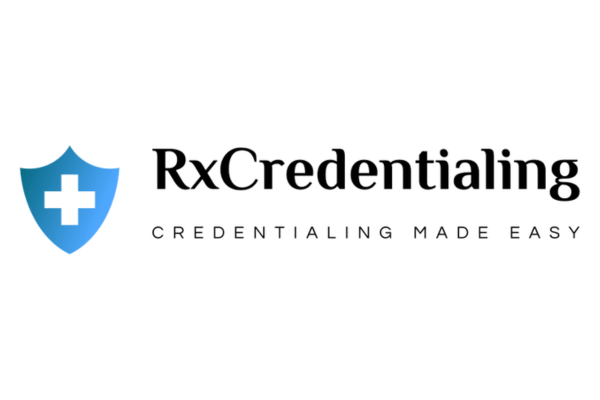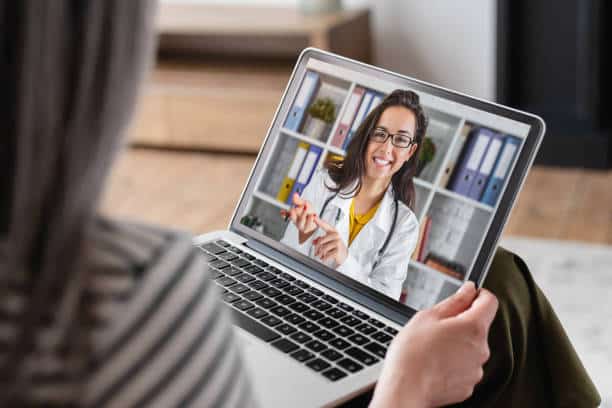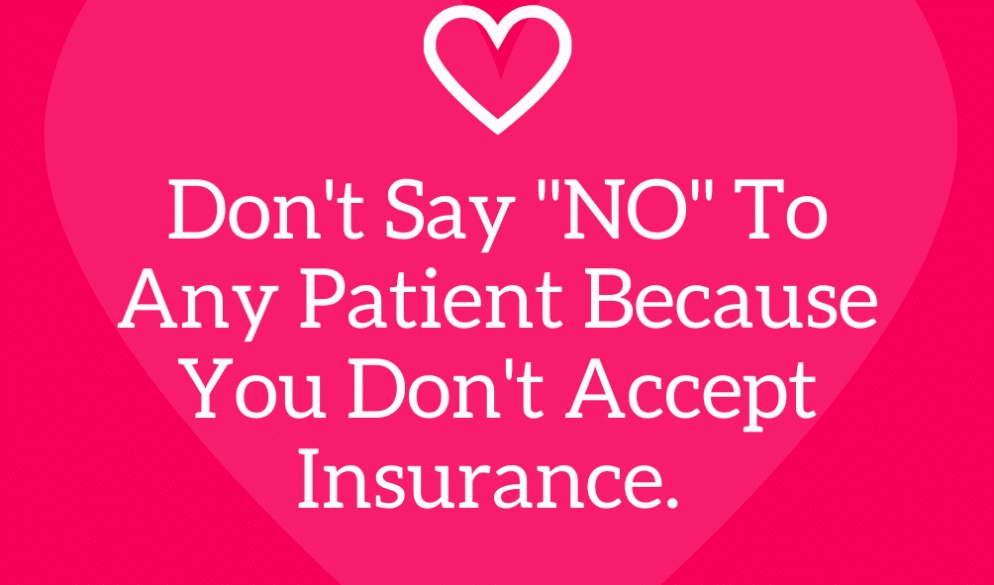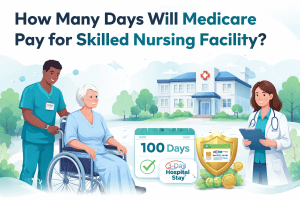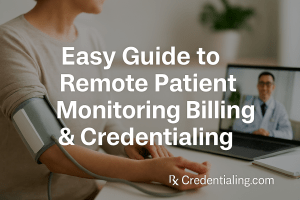Mastering Remote Patient Care: The 2025 Guide for Healthcare Providers
Remote patient care, once a niche concept, has explosively redefined healthcare delivery. It allows patients to receive expert medical advice, consultations, and ongoing treatment from the security and comfort of their homes. By harnessing telecommunication technologies like video conferencing, mobile applications, and sophisticated remote monitoring devices, healthcare providers are dismantling geographical barriers and delivering care that is both remarkably efficient and profoundly effective.
This guide serves as a comprehensive roadmap for healthcare providers looking to establish or optimize their remote patient care services. We will delve into the core principles, technologies, and strategies that underpin successful virtual care, ensuring you can provide high-quality services that meet the rigorous standards of modern medicine and patient expectations.
Understanding the Landscape of Remote Patient Care
Remote Patient Care (RPC) is a broad term encompassing the delivery of healthcare services to patients at a distance. It's a critical component of the wider telehealth ecosystem. While often used interchangeably, it's useful to distinguish it from related terms:
- Telehealth: The overarching category of electronic and telecommunications technologies used to provide care and services at a distance.
- Telemedicine: The practice of medicine using technology to deliver care from a distance, specifically clinical services.
- Remote Patient Monitoring (RPM): A specific subset of RPC that involves collecting patient health data (e.g., vital signs) from an individual in one location and electronically transmitting that information securely to a provider in a different location for assessment and recommendations.
RPC eliminates the need for many in-person visits, proving invaluable for individuals in rural areas, patients with mobility challenges, and anyone seeking the sheer convenience of virtual consultations. Its adoption has surged, driven by its proven ability to provide timely, accessible, and high-quality healthcare. For more information on setting up a virtual practice, see our guide on starting your own telemedicine practice.
Growth in Telehealth Adoption (U.S. Households)
Source: Data adapted from McKinsey & Company and other industry reports.
The Transformative Advantages of Remote Care
Remote patient care offers a wealth of benefits for both patients and providers. These advantages are not just theoretical; they are backed by extensive research and real-world results.
Dramatically Improved Access to Care
RPC breaks down geographical barriers, offering a lifeline to individuals in underserved and rural areas where specialist care may be hours away. A study published in the Journal of Medical Internet Research found that robust remote care programs significantly reduce hospital admissions and emergency room visits by enabling early, proactive interventions.
Significant Time and Cost Savings
The convenience factor is a major driver of patient satisfaction. By eliminating travel, parking, and waiting room time, patients reclaim valuable hours. A landmark study by the University of Rochester Medical Center revealed that patients saved an average of 200 miles and over 3 hours of travel time per virtual visit.
Enhanced Patient Outcomes & Engagement
Particularly for chronic conditions, RPM allows for continuous monitoring and timely adjustments to treatment plans. This proactive approach leads to better health outcomes. Patients also become more engaged in their own health, leading to improved adherence to medication and lifestyle recommendations. This is crucial for managing conditions covered by our cardiology billing services and internal medicine billing services.
"Remote patient care has the potential to revolutionize healthcare delivery by breaking down barriers of distance and improving patient outcomes. It's about delivering the right care, at the right time, in the right place."
Core Pillars for Excellence in Remote Patient Care
Delivering exceptional remote care requires a structured approach built on several key pillars. Mastering these areas is essential for compliance, patient trust, and clinical efficacy.
1. Ensuring Ironclad Privacy and Security
Patient trust is the bedrock of any healthcare relationship, and in the digital realm, this translates to robust security. Adherence to the Health Insurance Portability and Accountability Act (HIPAA) is non-negotiable. Key actions include:
- Using HIPAA-Compliant Platforms: Select video conferencing and communication tools that offer end-to-end encryption and will sign a Business Associate Agreement (BAA).
- Securing Networks: Ensure all communications occur over secure, encrypted networks, both on the provider and patient end (where possible).
- Obtaining Informed Consent: Clearly document patient consent for virtual care, data sharing, and any recording of sessions.
- Staff Training: Regularly train all staff on privacy and security protocols to prevent accidental breaches. For details on compliance, explore how to fill out the CMS-588 form.
For authoritative information, visit the official HHS.gov HIPAA page.
2. Establishing Crystal-Clear Communication Channels
Effective communication is even more critical when you're not in the same room. It's vital to set expectations and provide support.
- Patient Onboarding: Provide patients with a simple, step-by-step guide on how to access the virtual platform, test their technology, and what to expect during the consultation.
- Technical Support: Have a clear protocol for what to do if technical difficulties arise. This could be a dedicated support line or a simple troubleshooting guide.
- Defining Limitations: Be transparent about the limitations of remote care. Explain when an in-person visit might be necessary.
"In remote patient care, effective communication is key to building trust and maintaining a strong patient-provider relationship. By establishing clear channels of communication, we can ensure that patients feel heard and supported throughout their healthcare journey."
3. Providing Comprehensive Health Assessments
Despite the physical distance, a thorough assessment is achievable. A recent study in the Journal of Telemedicine and Telecare found that remote consultations, combined with advanced medical imaging, enabled accurate diagnosis and treatment in 85% of cases.
- Detailed History Taking: Use structured questionnaires and detailed verbal questioning to gather a comprehensive medical history and understand current symptoms.
- Guided Visual Examination: Instruct patients on how to use their camera to show specific areas of concern, improving the quality of visual assessments.
- Utilizing Remote Devices: When appropriate, leverage data from remote monitoring devices to get objective data points, which is especially important for physical therapy and chronic care.
4. Leveraging Technology for Remote Monitoring (RPM)
RPM is a game-changer for managing chronic diseases. It allows providers to track patient data in near real-time, enabling proactive care. The global RPM market is projected by Frost & Sullivan to reach $1.8 billion by 2026.
- Common Devices: Blood pressure cuffs, glucometers, pulse oximeters, smart scales, and continuous glucose monitors (CGMs).
- Data Integration: Choose RPM platforms that integrate seamlessly with your Electronic Health Record (EHR) system to streamline workflows. The role of EHR systems is critical here.
- Billing and Coding: Understand the specific CPT codes for RPM to ensure proper reimbursement. This is a core part of our physician billing services.
5. Ensuring Adequate Training and Credentialing
Technology is only a tool; the provider's skill in using it determines the quality of care. This is where Rxcredentialing's expertise is paramount.
- "Webside Manner": Train providers on virtual communication techniques—making eye contact with the camera, active listening, and conveying empathy through a screen.
- Platform Proficiency: Ensure all users are proficient with the chosen telemedicine platform and any integrated devices.
- Credentialing: This is the most critical step. Providers must be properly credentialed with each insurance payer for telehealth services. This process can be complex, varying by payer and state. Services like mastering CAQH credentialing and specific guides for Aetna or Medicare are essential.
"Healthcare providers must adapt to the changing landscape of healthcare delivery. By investing in comprehensive training and meticulous insurance credentialing, we equip them with the skills and authority necessary to provide exceptional remote patient care."
Integrating RPC Into Your Practice: A Step-by-Step Process
A successful rollout requires careful planning and execution. Follow this timeline to ensure a smooth integration.
Assess Needs & Goals
Determine which patient populations and services are best suited for remote care. Define your goals: Is it to improve chronic care management, expand reach, or reduce no-shows? Understanding the cost to start a new practice can inform this strategy.
Select Technology & Vendors
Choose a HIPAA-compliant telehealth platform, EHR, and any necessary RPM devices. Vet vendors for reliability, support, and ease of use.
Compliance & Credentialing
This is a critical, often lengthy step. Begin the insurance credentialing process for telehealth with all relevant payers. Ensure all legal and compliance frameworks are in place. This is our specialty.
Develop Workflows & Train Staff
Map out the entire remote patient journey, from scheduling to follow-up. Train all staff, from front desk to providers, on the new technology and protocols.
Pilot Program & Patient Onboarding
Launch a small-scale pilot with a select group of tech-savvy patients. Gather feedback to refine your process before a full-scale launch. Develop clear patient onboarding materials.
Launch, Evaluate & Optimize
Roll out the service to the wider patient base. Continuously monitor key performance indicators (KPIs) like patient satisfaction, no-show rates, and clinical outcomes to optimize your services.
Conclusion: The Future of Healthcare is Here
Remote patient care is not a temporary trend; it is a permanent and transformative pillar of modern healthcare. By implementing the best practices outlined in this guide—prioritizing security, ensuring clear communication, conducting comprehensive assessments, and leveraging technology—providers can deliver exceptional care that transcends physical distance.
The journey to mastering remote care involves overcoming barriers and continuously evaluating effectiveness. But the most critical step is ensuring your practice is properly structured for compliance and reimbursement. Integrating RPC into your healthcare system is complex, but with the right partner, it is achievable. At Rxcredentialing, we specialize in navigating the complexities of credentialing and billing, allowing you to focus on what you do best: caring for your patients.
Frequently Asked Questions
For many conditions, particularly chronic disease management and routine follow-ups, studies have shown that remote patient care can be just as effective, if not more so, than in-person care due to increased patient engagement and timely data. However, certain acute conditions, initial diagnoses, or procedures will always require an in-person evaluation. Visit our FAQ page for more details.
The core technologies include a secure, HIPAA-compliant video conferencing platform, a reliable EHR system, and a patient portal for communication. For RPM, this expands to include connected devices like blood pressure monitors, glucometers, and smart scales that can transmit data securely.
Patient privacy is protected through multiple layers of security. This includes using end-to-end encrypted communication channels, ensuring platforms are fully HIPAA-compliant, obtaining explicit patient consent, and conducting sessions in private, secure locations on both the provider and patient end.
Yes. Providers need training on "webside manner" and the specific technologies they use. Critically, they must be credentialed for telehealth services with each insurance payer, which is a separate process from standard in-person credentialing. State licensing laws for practicing across state lines must also be strictly followed. Hiring a credentialing service is highly recommended.
Remote patient care has been shown to reduce overall healthcare costs by preventing costly emergency room visits and hospital readmissions through proactive monitoring. It also reduces patient costs related to travel and time off work, and can improve practice efficiency. Understanding medical billing service costs can help evaluate the ROI.
